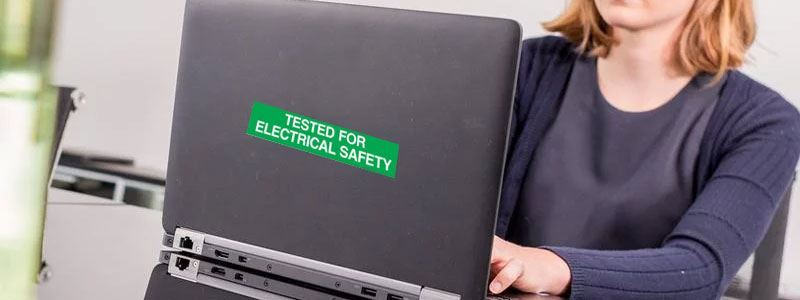What is PAT testing, what’s the law and how often is it needed?
PAT (portable appliance testing) means conducting routine safety checks on electrical appliances; this is especially important in commercial premises. Pat tests ensure that everyone from employees to customers isn’t at risk of any injury.
Visual examination is an essential part of the process; take for example a frayed wire, noticing the issue is the first step. However, some defects only appear through thorough testing.
Who performs PAT?
In many low-risk environments, a member of staff with the right bit of knowledge and common sense can carry out a visual inspection. However, when undertaking a combined examination and testing, additional expertise is required.
The person will need:
• The right equipment.
• The ability to use the test equipment properly
• The ability to accurately interpret the test results.
The most effective and reliable approach to testing electrical appliances is through a certified PAT professional.
The initial test would include:
• Viewing any frayed wires
• Determining the extent of damage around the appliance casing
• Checking plugs for cracking or damage
But this doesn’t involve just inspecting. Pat testers also test appliances by the earth continuity, lead polarity and insulation resistance. This sound complex but it’s actually a quick process. A successful appliance receives a safety sticker and barcode for ease of tracking.
Is PAT compulsory?
The PAT rules for the UK are set out in the 1989 Electricity at Work Regulations, which state “all [electrical] systems shall at all times be of such construction as to prevent, so far as reasonably practicable, such danger.”
The loophole with this law is that it tells you to prevent this danger without specifying how to do it. The health and safety executive clarify that this means that there is no legal obligation to conduct the tests. Even so, it is a good suggestion to carry out a PAT.
It’s all about the potential risks.
For example, a floor cleaner or the kitchen kettle, anything that gets used all the time and moved around regularly requires full testing. A responsible employer takes this into account.
How often should PAT take place?
It is widely recognised that to comply with the legal requirements all appliances should be tested at regular intervals using consistent methods.
As the law does not require testing, it also doesn’t specify how often PAT is needed. Although, we have answered this question in our blog, How Often Should You Be Conducting Your PAT Test Inspection?
Best practice is to get a Pat Test per annum or if you’ve brought some new electrics into the building. That’s everything from phone chargers to laptop cables.
See what we can do for you, get a PAT testing quote today.

